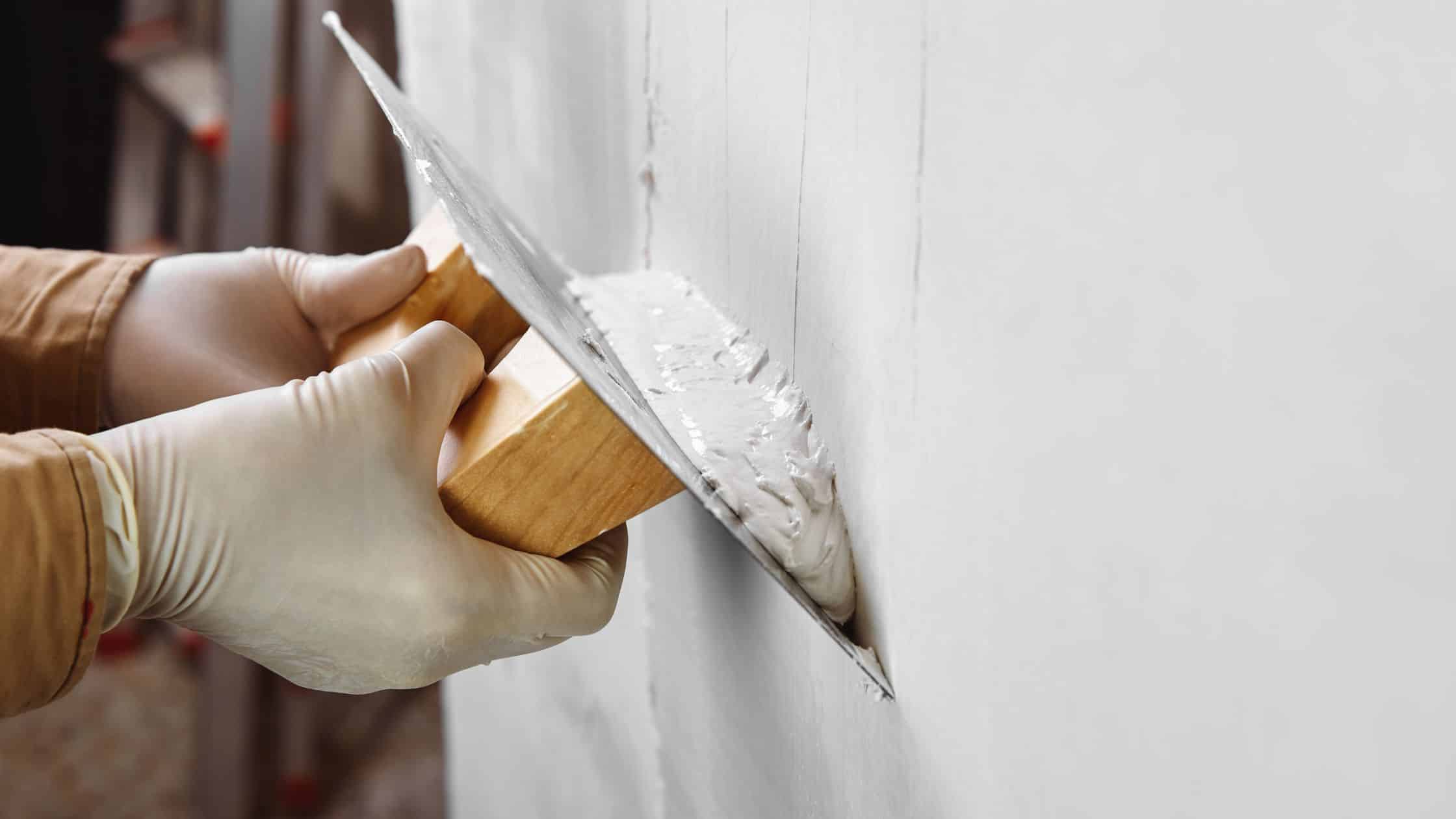
How to Know If Your Wall Needs a Full Panel Replacement
If your wall shows signs of sagging, soft spots, recurring moisture issues, or visible mold behind the paint or drywall, it likely needs a full panel replacement. Surface patching won’t resolve deeper structural or moisture damage — especially if it’s affecting insulation, framing, or spreading across multiple areas.
How to Know If Your Wall Needs a Full Panel Replacement
When you spot a crack, hole, or some bubbling paint, it’s tempting to grab a spackle knife and call it a day. But some wall issues go far deeper than what you can see on the surface. Knowing when a full panel replacement is necessary — versus a simple patch — can save you from repeated repairs, mold growth, and costly structural damage later.
In this guide, we’ll walk you through the warning signs, causes, and what to expect if your wall needs to be fully replaced — whether it’s drywall, plaster, or paneling.
Common Wall Damage: When Patching Works (and When It Doesn’t)
Surface-Level Fixes
In many cases, small cosmetic issues don’t require major work:
-
Nail holes
-
Minor dents
-
Hairline cracks
-
Slight water stains (with no active leak)
These are all great candidates for spot patching or skim coating.
When the Damage Runs Deeper
If you see any of the following, it’s a red flag that the entire panel — or section — should be replaced:
-
Bulging or sagging in the wall surface
-
Persistent dampness, even after leaks are fixed
-
Visible mold growth, especially behind the paint or drywall paper
-
Crumbly or soft areas when you press on the wall
-
Large holes or deep cracks that spread beyond one panel
-
Smoke or fire damage
Walls that move when pushed or feel hollow in certain spots may also indicate issues with the material integrity or improper installation.
The Role of Moisture in Wall Failures
Moisture is the #1 hidden enemy when it comes to drywall and wallboard.
Even a small leak from a roof, window, or pipe can:
-
Soak insulation
-
Weaken framing
-
Promote mold growth
-
Cause drywall to swell, crumble, or delaminate
👉 If you’ve had a leak or flood, and the wall was never opened up to fully dry, you almost certainly need to replace that panel — even if it looks fine on the surface.
In humid climates or older homes, walls near basements, bathrooms, or exterior walls are especially prone to hidden moisture damage. If it smells musty, there’s probably more going on behind the paint.
Signs Your Drywall Has Outlived Its Lifespan
Even without a specific leak or trauma, old drywall can degrade over time, especially in houses built in the 1950s–1980s.
Check for:
-
Discoloration or yellowing
-
Frequent chipping or peeling paint
-
Separation from baseboards or ceilings
-
Cracking along seams that keeps coming back
If you’re planning to remodel or repaint, this is the ideal time to replace aging panels, especially if you’re already removing trim or fixtures.
What’s Involved in a Full Panel Replacement?
A full panel replacement isn’t just about putting up a new sheet of drywall — it’s about solving the root problem.
Here’s what a proper replacement includes:
-
Identify and fix source of damage (leaks, framing, ventilation)
-
Remove damaged drywall or plaster
-
Check insulation and framing
-
Install new drywall panels
-
Tape, mud, and sand seams
-
Prime and repaint to match existing finish
Expect dust, some demo noise, and a multi-day process if multiple panels or rooms are affected.
Is It Cheaper to Replace or Patch?
Patching is cheaper in the short term, but if you’re:
-
Calling for repairs every few months
-
Trying to sell your home
-
Seeing mold or moisture return
…a full replacement is often more cost-effective long-term.
It also gives you the chance to:
-
Add modern insulation
-
Upgrade to mold-resistant drywall
-
Improve framing or blocking for future fixtures
Local Insight: What to Watch for in Older Cleveland Homes
In areas like University Heights, Cleveland Heights, and Euclid, many homes were built in the mid-20th century and may still have:
-
Horsehair plaster walls with multiple patch layers
-
Improper vapor barriers leading to moisture damage
-
Outdated insulation or none at all
If you’re seeing plaster bubbling, old wallpaper peeling off drywall, or mold in corners near windows — don’t just patch and paint. A replacement gives you a chance to modernize and protect your home.
FAQ: Wall Panel Replacement
How do I know if there’s mold behind my drywall?
If you notice a musty smell, discoloration, or paint bubbling — especially after water damage — there’s a strong chance mold is growing behind the wall. A pro can inspect with moisture meters or make a small cut to check.
Can I replace one section of drywall without redoing the whole wall?
Yes, small sections can be cut and patched cleanly. However, if damage affects multiple studs or the issue is widespread, it’s smarter to replace the whole panel.
What type of drywall should I use for a replacement?
Use standard ½” drywall for most walls. In bathrooms, basements, or laundry areas, use mold-resistant or green board. Fire-rated drywall may be required in garages or shared walls.
Will insurance cover my wall replacement?
Possibly. If the damage was caused by a sudden event like a burst pipe, many homeowners’ policies will cover repairs. Gradual wear and tear or improper maintenance typically are not covered.
Can I do a full panel replacement myself?
You can, with the right tools and time. But it involves demolition, cutting, taping, sanding, and sometimes electrical or plumbing access. If it’s more than one panel or includes mold/moisture, it’s best left to pros.
Conclusion
If you’re noticing repeat wall issues, soggy or soft spots, or a persistent smell you can’t explain, it’s time to consider a full panel replacement. While it’s more labor-intensive than a quick patch, it gives you peace of mind that the damage is resolved for good — not just covered up.
Still not sure what you’re looking at? A professional can diagnose the problem quickly and help you decide if a repair or replacement is the best investment.




No Comments
Sorry, the comment form is closed at this time.